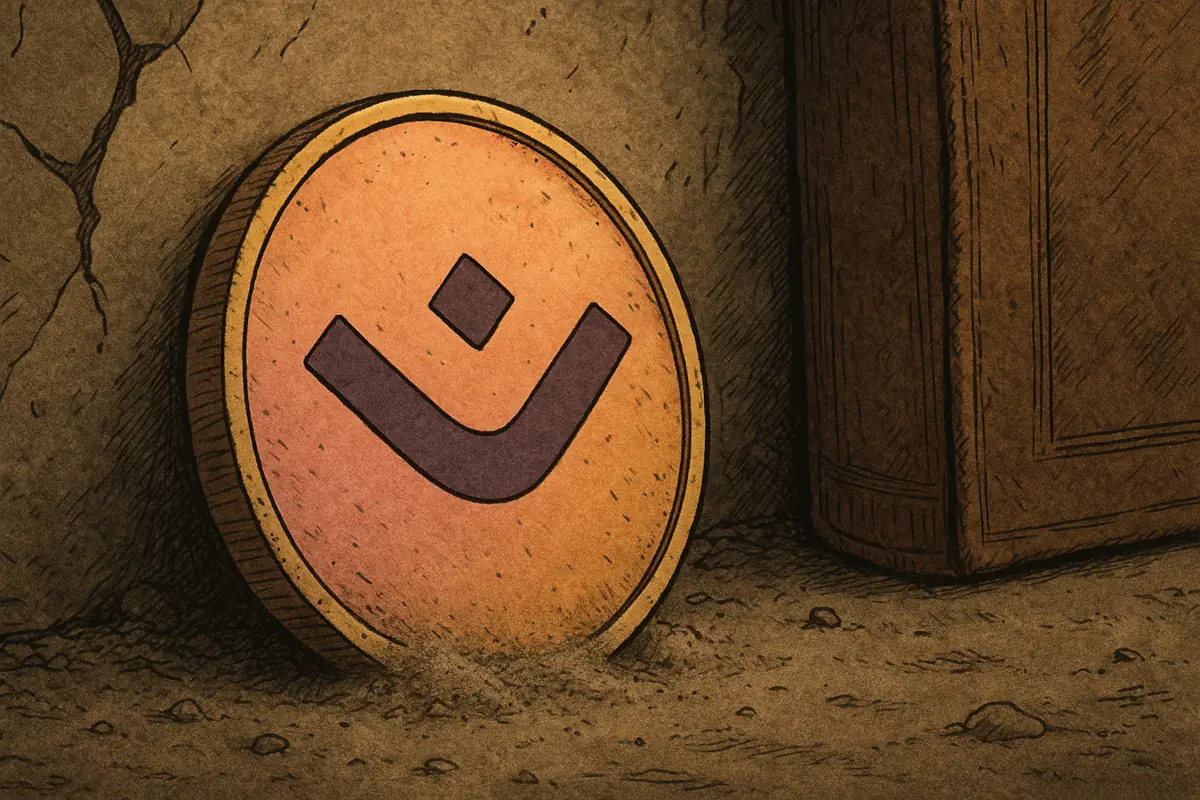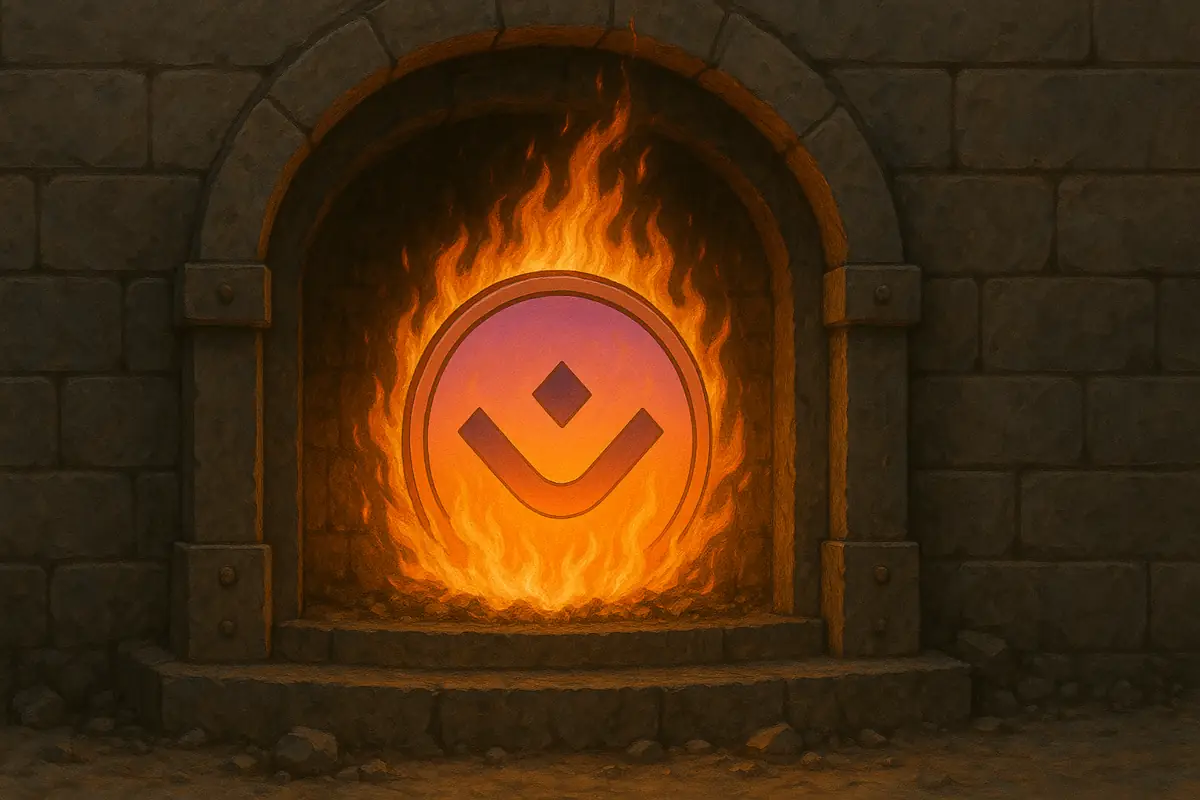It’s been nearly a month since Mantra (OM) experienced a 90% crash – and the token still hasn’t shown any meaningful recovery. Despite the broader crypto market trending upward and Bitcoin nearing its all-time high, OM remains stuck under $0.50:

On May 10, OM briefly spiked over 20%, climbing from $0.38 to $0.50 in a matter of hours. But the momentum didn’t last. – within a day, it had already lost half of that gain.
Here are four reasons OM continues to struggle – and why investor sentiment hasn’t shifted.
Table of Contents
Click to Expand
1. Burning Tokens Wasn’t Enough
In late April, Mantra CEO JP Mullin burned 150 million OM tokens, representing over 8% of total supply. While it was the most concrete step taken since the crash, it didn’t have a meaningful effect on price or market confidence in the longer term.
It’s also worth noting that early messaging suggested 300 million tokens could be burned – but the second half of that has since been described as part of “ongoing conversations”. No timeline or decision has been shared since.
2. Program Still Missing
In the April 16 post-mortem, Mantra announced that a token buyback program was in development. Mullin has also mentioned it several times on X. However, as of May 11 – nearly a month later – no details have been released and no official launch has been confirmed.
Some investors were also hoping for some form of compensation after the crash, but that has never been mentioned by the team in any statement.
3. Few Technical Details Behind the Crash
Mantra has consistently said the crash was caused by a liquidation cascade triggered during low-volume hours. While that general explanation has been repeated, there are still no specifics – no on-chain breakdown, no transaction links, and no confirmation of which exchange played the key role.
Early on, there were suggestions that a single platform may have been involved, but this was never addressed again in later statements.
The team has clearly stated that insiders were not involved, and that no team wallets were part of the selling. But for many investors, the lack of deeper transparency continues to raise questions.
Read also: The Collapse of LUNA and TerraUSD (UST) – How Did It Happen?
4. Too Much, Too Late
Since the crash, Mantra has taken a number of steps – including releasing a transparency dashboard, changing validator structure, and burning tokens. The team has also remained active publicly, appearing at events like TOKEN2049 and continuing to post updates.
But these actions came after long delays. It took hours for the crash to even be acknowledged, and three days for the post-mortem to be released. By that time, much of the damage – both financial and reputational – had already been done.
Investor trust has proven difficult to rebuild. Many replies under official posts express continued skepticism, with users openly stating they no longer believe in the project – and a few calling it a scam. After a sudden 90% loss in value, combined with a delayed response from the team, that level of frustration isn’t surprising.
Read also: Mantra Burns 150M Tokens – But OM Still Falls Below $0.50




